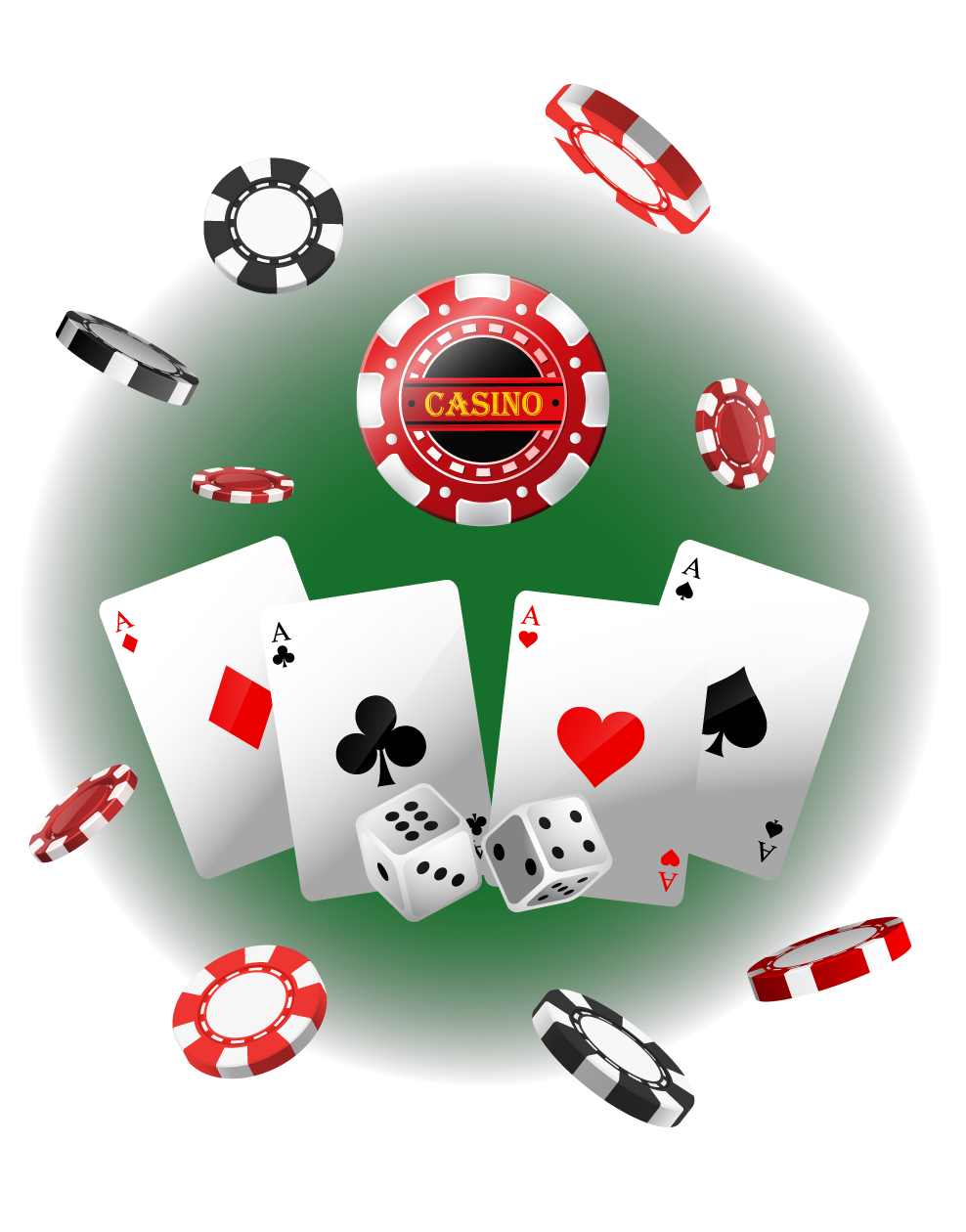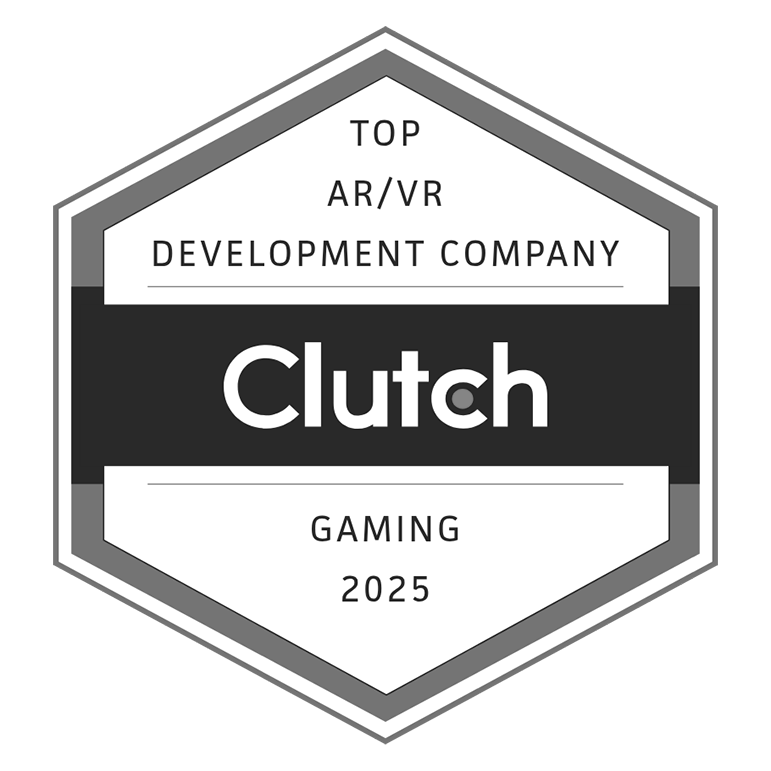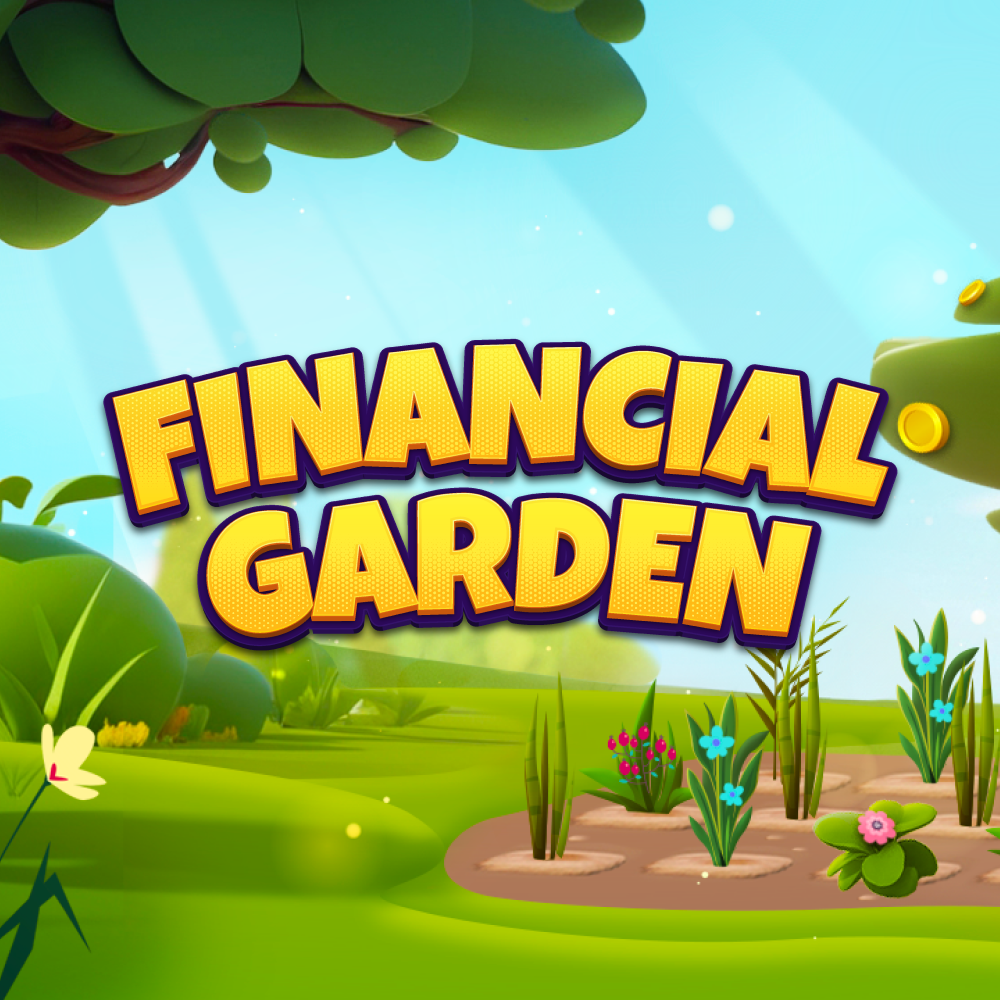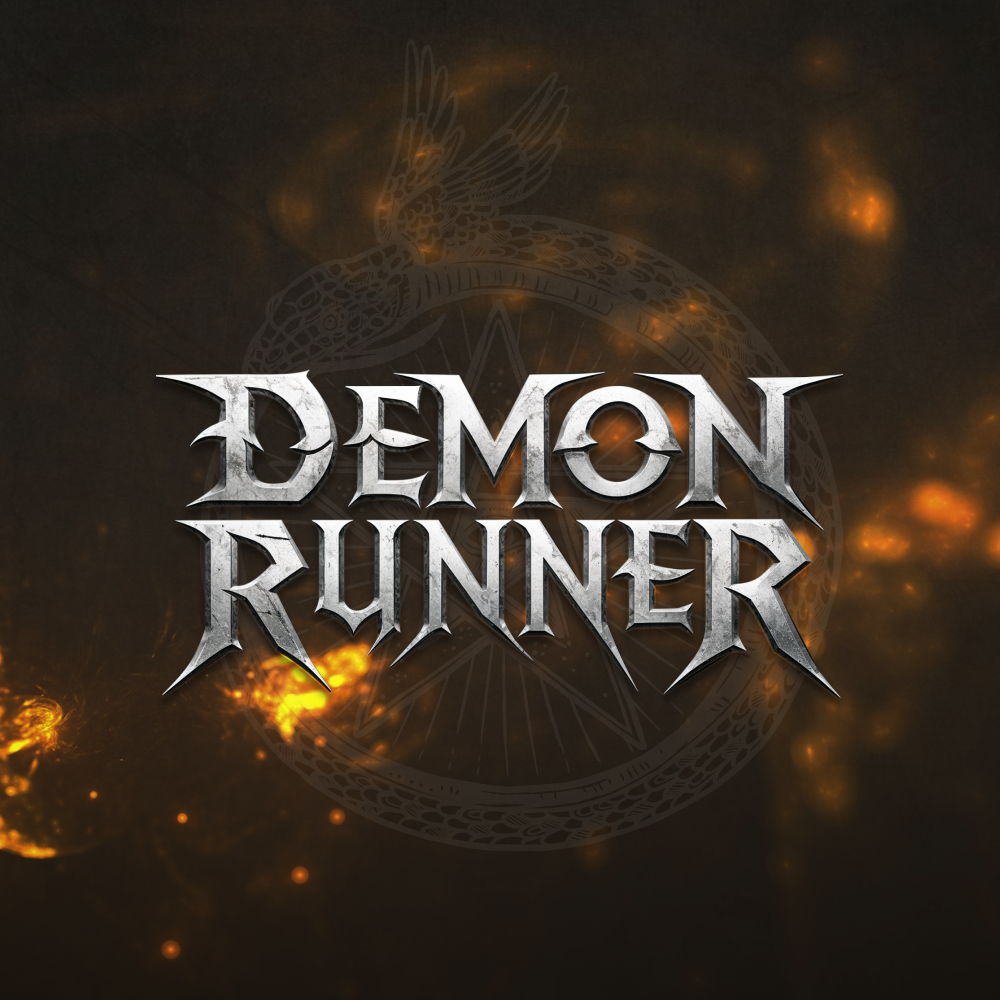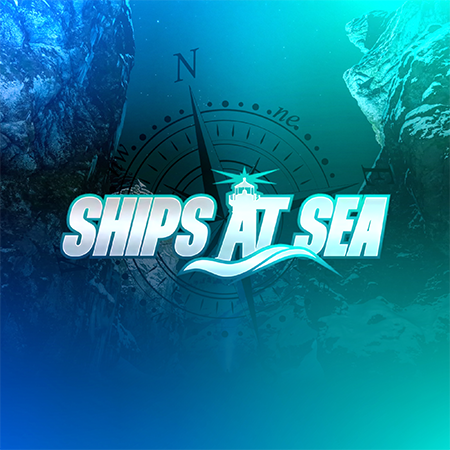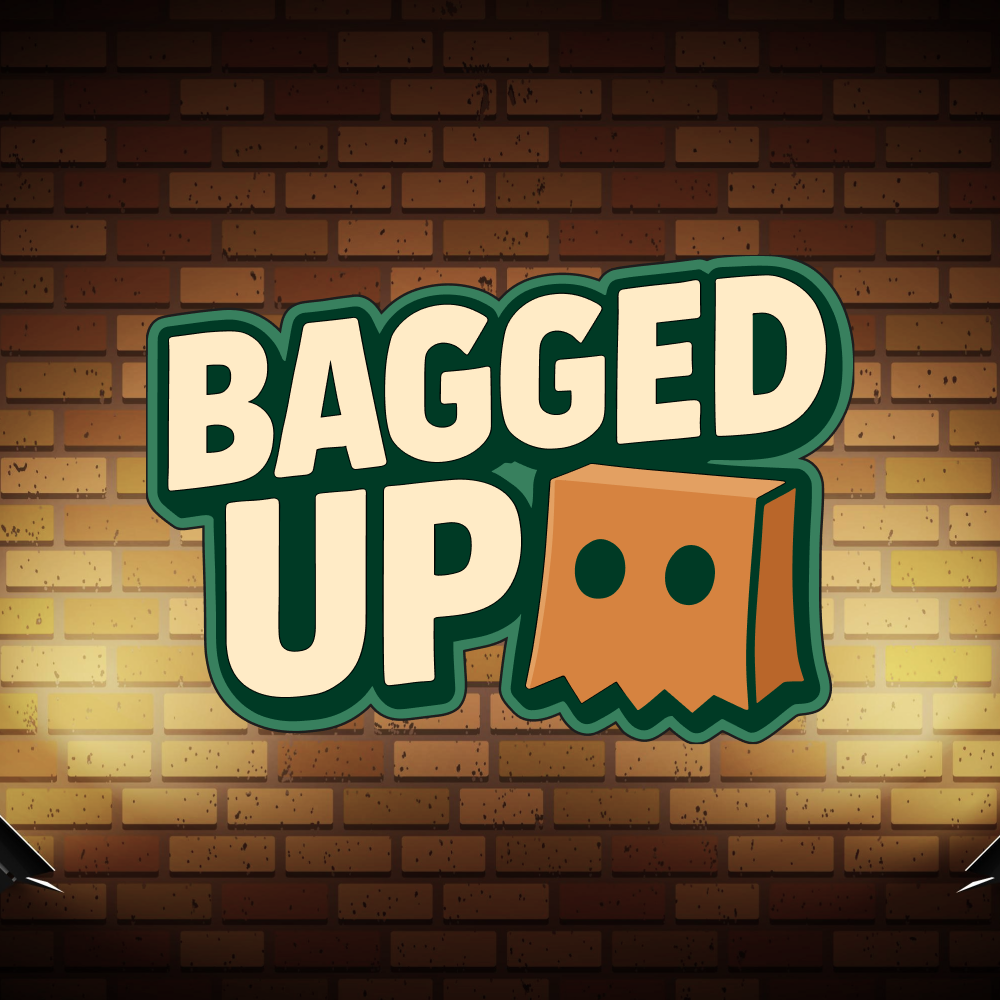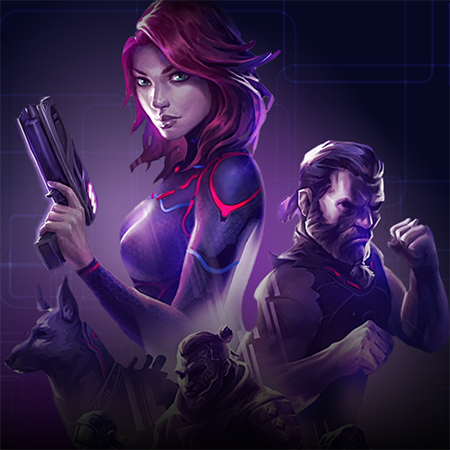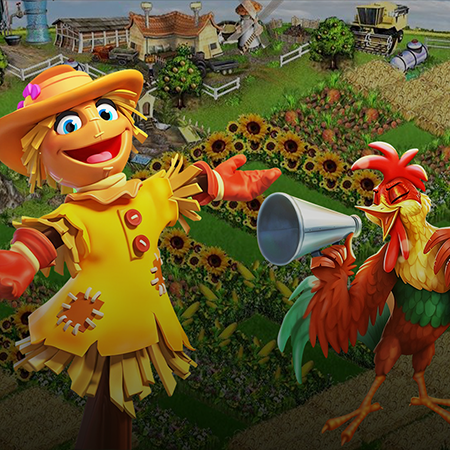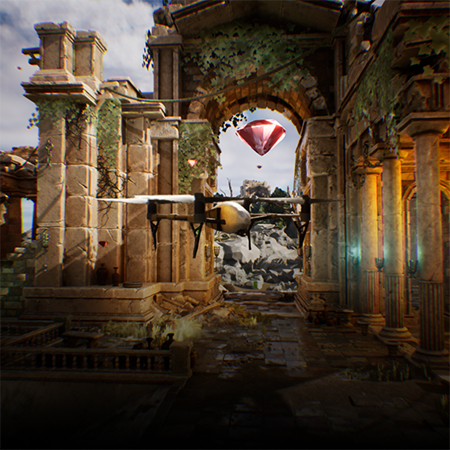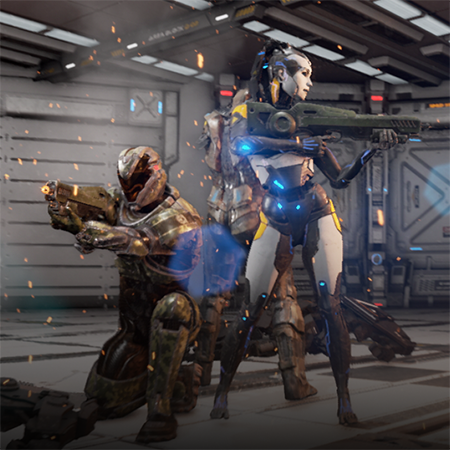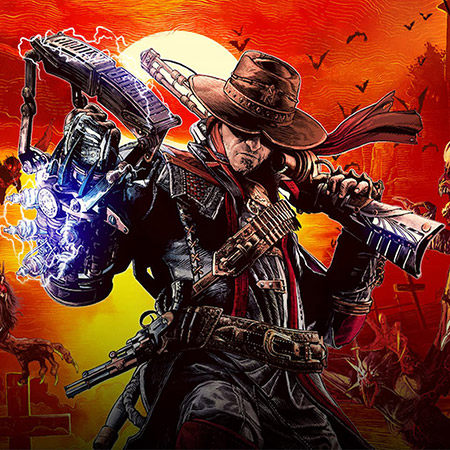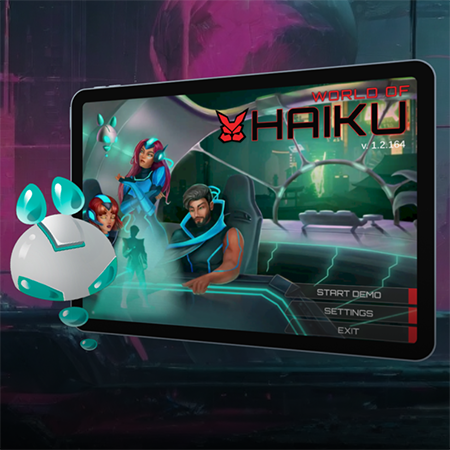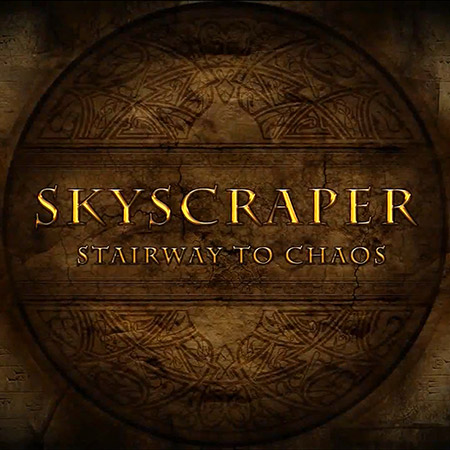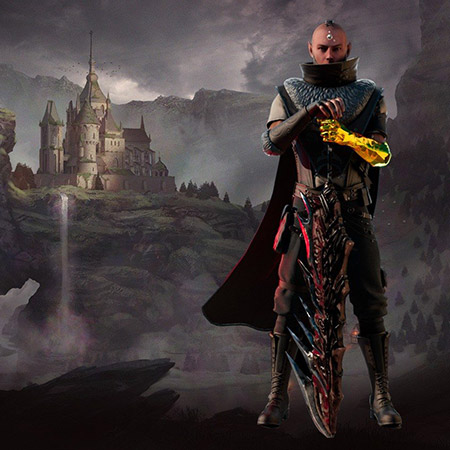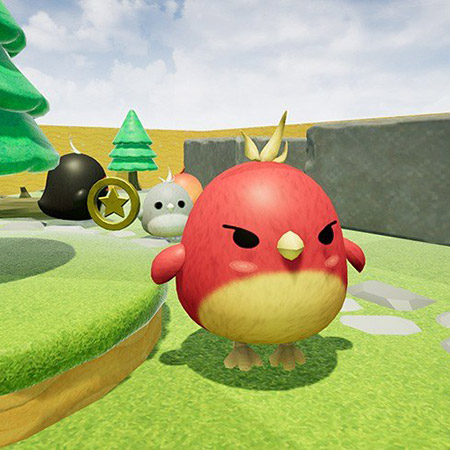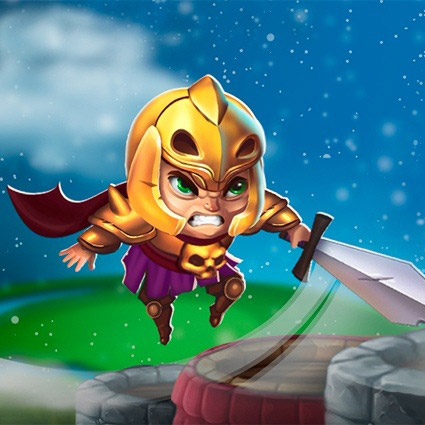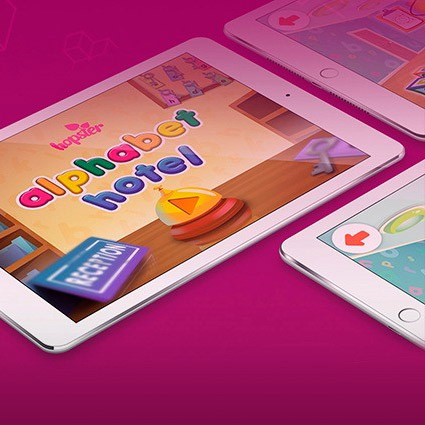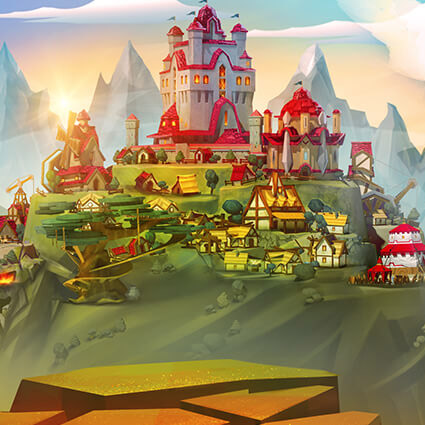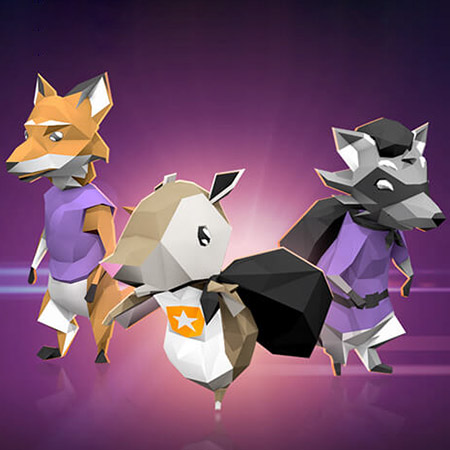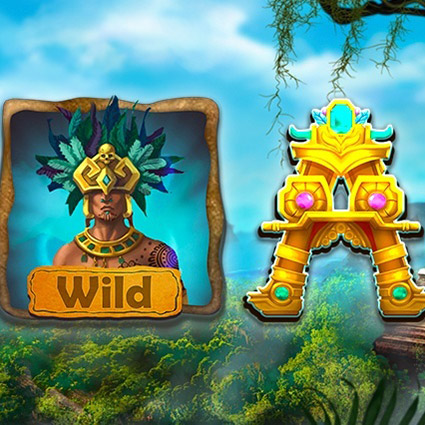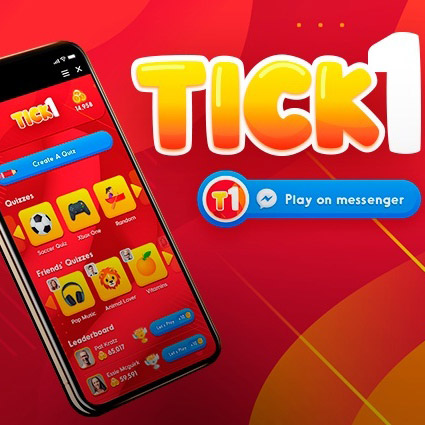Balancing gameplay mechanics in card game development requires a mix of strategic design, testing, and data-driven adjustments. Fairness starts with defining rules that prevent dominant strategies from overpowering others. Every card, ability, and interaction must offer counterplay options, encouraging skill-based decisions rather than luck-driven outcomes.
Statistical analysis plays a key role in identifying imbalances. Win rates, player progression, and deck compositions provide insight into overpowered mechanics that disrupt competitive integrity. Iterative testing helps refine game balance, as internal playtesting and community feedback expose unintended exploits or dominant tactics. AI simulations also assist in stress-testing different strategies, revealing hidden advantages that human testers might overlook.
Diversity in viable playstyles is essential for long-term engagement. A well-balanced game offers multiple competitive strategies without favoring a single approach. Adjusting card costs, power levels, and cooldowns fine-tunes the experience while keeping the meta dynamic. Regular updates prevent stagnation and respond to emerging imbalances, keeping the game fresh and competitive.
Psychological factors also influence perceived fairness. Players should feel that success comes from skill rather than external advantages. Transparent patch notes, clear explanations for balance changes, and communication with the community foster trust in the development process.
Effective card game software development requires continuous refinement to maintain fair and engaging gameplay. Every adjustment shapes the competitive experience, ensuring a balance that rewards strategy and adaptability. Let’s build a game where skill decides the outcome.
